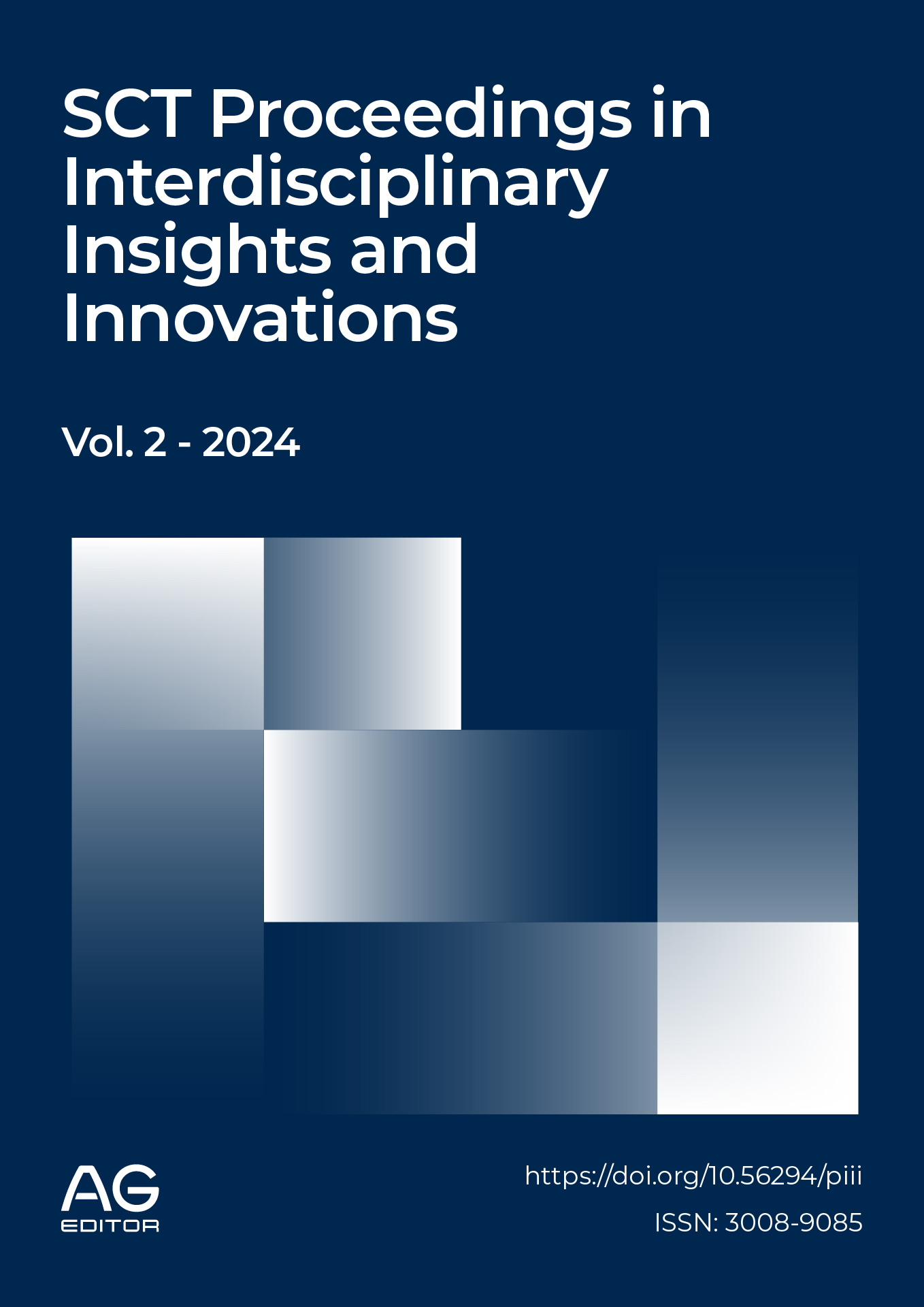Preliminar results on the contributions of music therapy and vibroacoustic therapy to the treatment of stress
DOI:
https://doi.org/10.56294/piii2024263Keywords:
Stress, music, vibroacoustic therapy, interdisciplineAbstract
Introduction. Stress is one of the most frequent current mental health problems among the Latin American population, mainly related to social, work and academic spaces. Receptive music therapy interventions are used for stress reduction and include musical and/or vibrational perception. The aim of the present study was to investigate the effect of music therapy (MI) interventions of music listening (MI), vibroacoustic stimulation (VAS) and vibroacoustic music therapy (VAMT, combination of MI + VAS) on stress. Method. Thirty people (18 to 50 years old) from Córdoba and Buenos Aires, Argentina were participated in this study. Blood pressure, emotional state, relaxation and stress were evaluated before and after the interventions. There was a control condition (listening to the story). Results. No significant differences were found in blood pressure. On subjective states, MS presented a lower level of mental calmness compared to the other groups. More interestingly, the EV group had higher levels of tranquility when comparing pre- and post-intervention values. In terms of stress, the control group presented the highest levels compared to the other three groups in the post-intervention phase. In addition, there was a decrease in stress in the EM, EV and MTV groups between the pre- and post-intervention phases. Conclusion. The results of this preliminary study show that interventions that include music or vibration reduce stress states. However, more research is needed to advance this issue
References
Ala-Ruona, E., Punkanen, M., & Campbell, E., (2015). Vibroacoustic therapy: Conception, development, and future directions. Musiikkiterapia, 30(1–2), 48–71.
Gelerstein Moreyra, Paula Zoe (2022). Tratamiento de dolor crónico en fibromialgia con Musicoterapia Vibroacústica. Tesis de grado. Facultad de Psicología, UBA.
Downloads
Published
Issue
Section
License
Copyright (c) 2024 Paula Zoe Gelerstein Moreyra, Nadia Justel, Verónika Diaz Abrahan (Author)

This work is licensed under a Creative Commons Attribution 4.0 International License.
The article is distributed under the Creative Commons Attribution 4.0 License. Unless otherwise stated, associated published material is distributed under the same licence.





